Introduction to Starting in Chess
In chess, the game begins with one player making the first move, a privilege that can significantly impact strategies and outcomes. While the process of determining who starts might seem simple, it encompasses a blend of rules and traditions that cater to both casual and formal play. This article explores the various methods used to decide who makes the first move in chess, examining official rules as well as traditions observed in casual and competitive settings.
Official Rules for Determining the First Move
Chess competitions are governed by rules laid down by the World Chess Federation (FIDE), which include guidelines on how to decide the starting player. Typically, in official matches, this is not left to a verbal agreement or personal preference. Instead, there are clear procedures that ensure fairness and neutrality.
Color Selection in Official Matches
In standard competitive chess, the choice of playing White or Black—where White always moves first—is decided randomly. This is crucial since playing White is often perceived as having a slight advantage due to the initiative of the first move.
The most common method used in tournaments is the drawing of lots. This may involve different techniques such as tossing a coin, choosing a random colored pawn from a closed hand, or using computer software for randomization. In FIDE-sanctioned events, such procedures ensure that neither player can predict or influence who will play with which color.
Alternation of Colors
In chess tournaments involving multiple rounds, such as round-robin or Swiss-system tournaments, players often alternate colors. If a player uses White in one round, they will typically play Black in the next round. This method helps maintain balance and fairness over the course of a tournament.
Traditions and Common Practices in Casual Play
In informal or casual settings, the rules for deciding who moves first are less stringent and often depend on mutual agreement or established local customs. Here are a few common traditional methods:
Choice by Agreement
Players may simply agree who will take White or Black either based on personal preference, past games’ alternation, or courtesy to a newer player.
Using a Hidden Pawn
A popular method in casual games is the hidden pawn trick. One player hides a white pawn in one hand and a black pawn in the other. The other player then picks a hand. The color of the pawn reveals which color they will play. This method introduces an element of chance while remaining straightforward and quick.
Tossing a Coin
Similar to many other games and sports, flipping a coin is an easy and fair way to decide who gets to choose their preferred color. The winner of the coin toss can then elect to play either White or Black.
Psychological Impact and Strategic Importance
The act of deciding who plays which color might seem trivial, but it can have psychological implications. Players might have a preference based on their style of play; some may prefer the aggressive possibilities of moving first with White, while others might thrive on the defensive resilience that playing Black can afford.
Strategically, the color selected can influence the whole game plan. White's first-move advantage is a well-discussed topic in chess literature and can dictate both players' opening preparation and approach to the game. Thus, the method of determining the first move is quite crucial, even essential, in chess.
Conclusion
Whether it's a world championship match or a friendly game in a local park, deciding who moves first in chess is governed by a blend of strict regulations and enduring traditions. Understanding these systems not only helps in adhering to the formal rules of competitive play but also enriches the enjoyment and fairness of casual games. The method chosen – be it a sophisticated electronic system in a grand tournament or a simple coin toss in a casual game – reflects the unique blend of chance, tradition, and strategy that chess embodies.
Explore our large collection of luxurious chess sets!

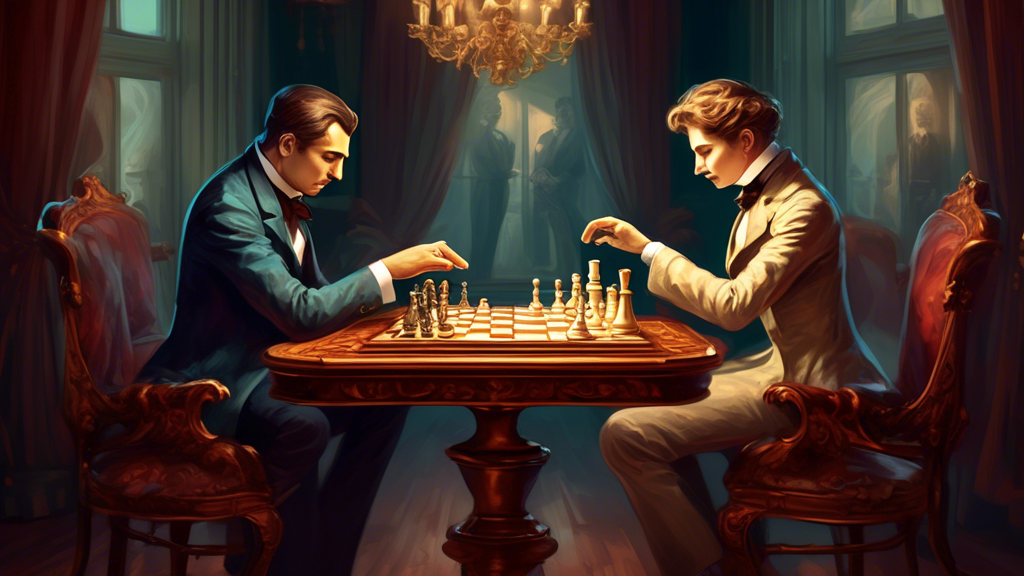
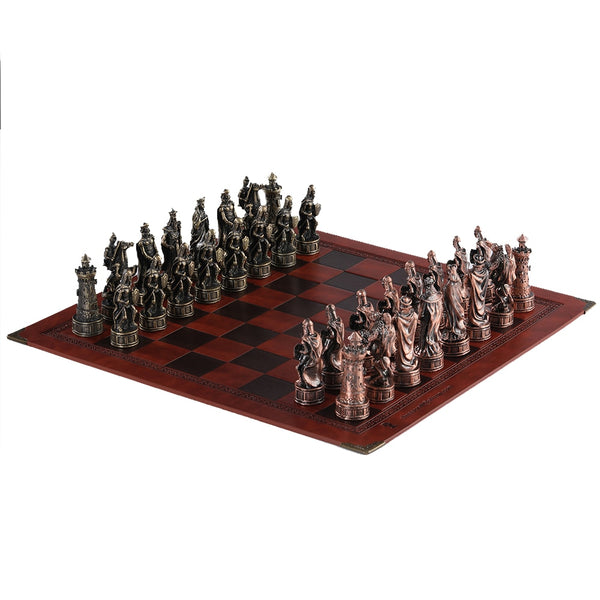
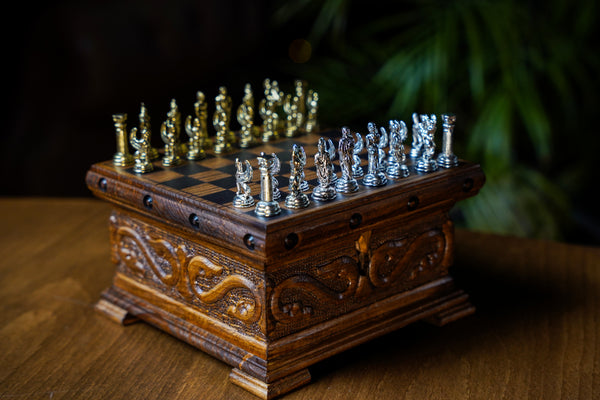
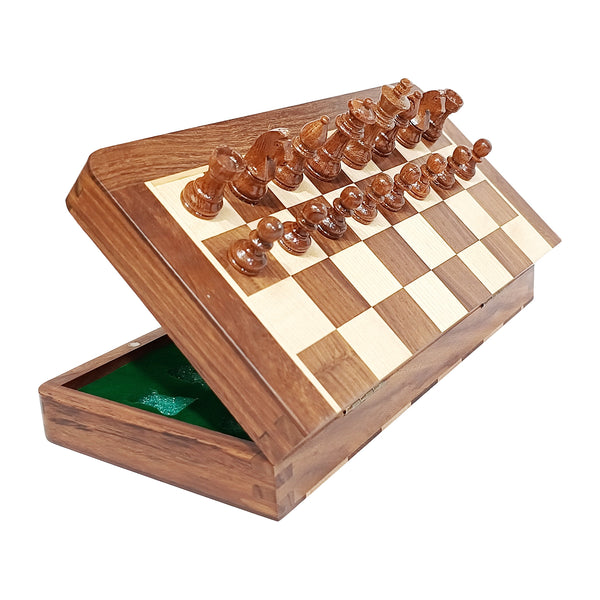
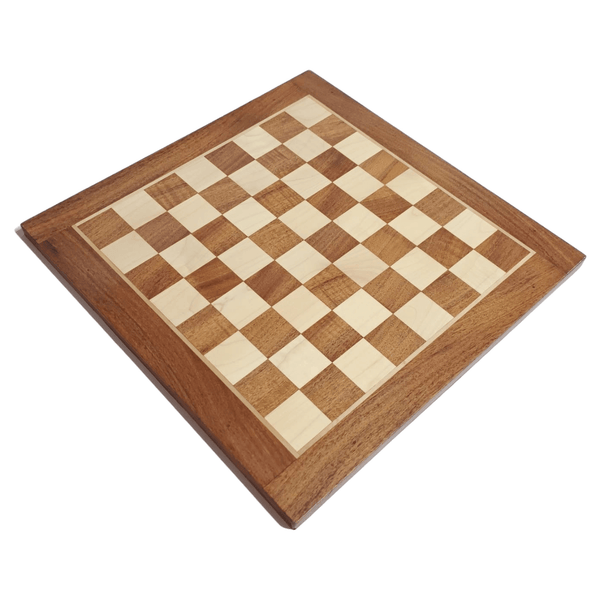
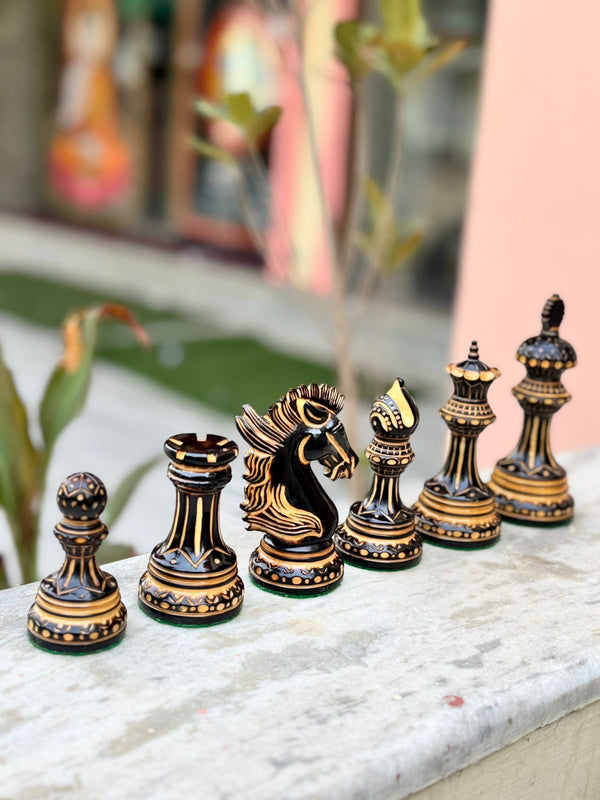
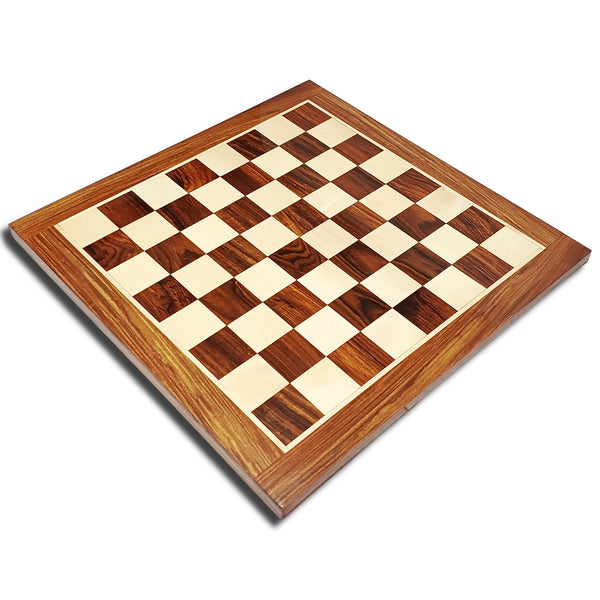






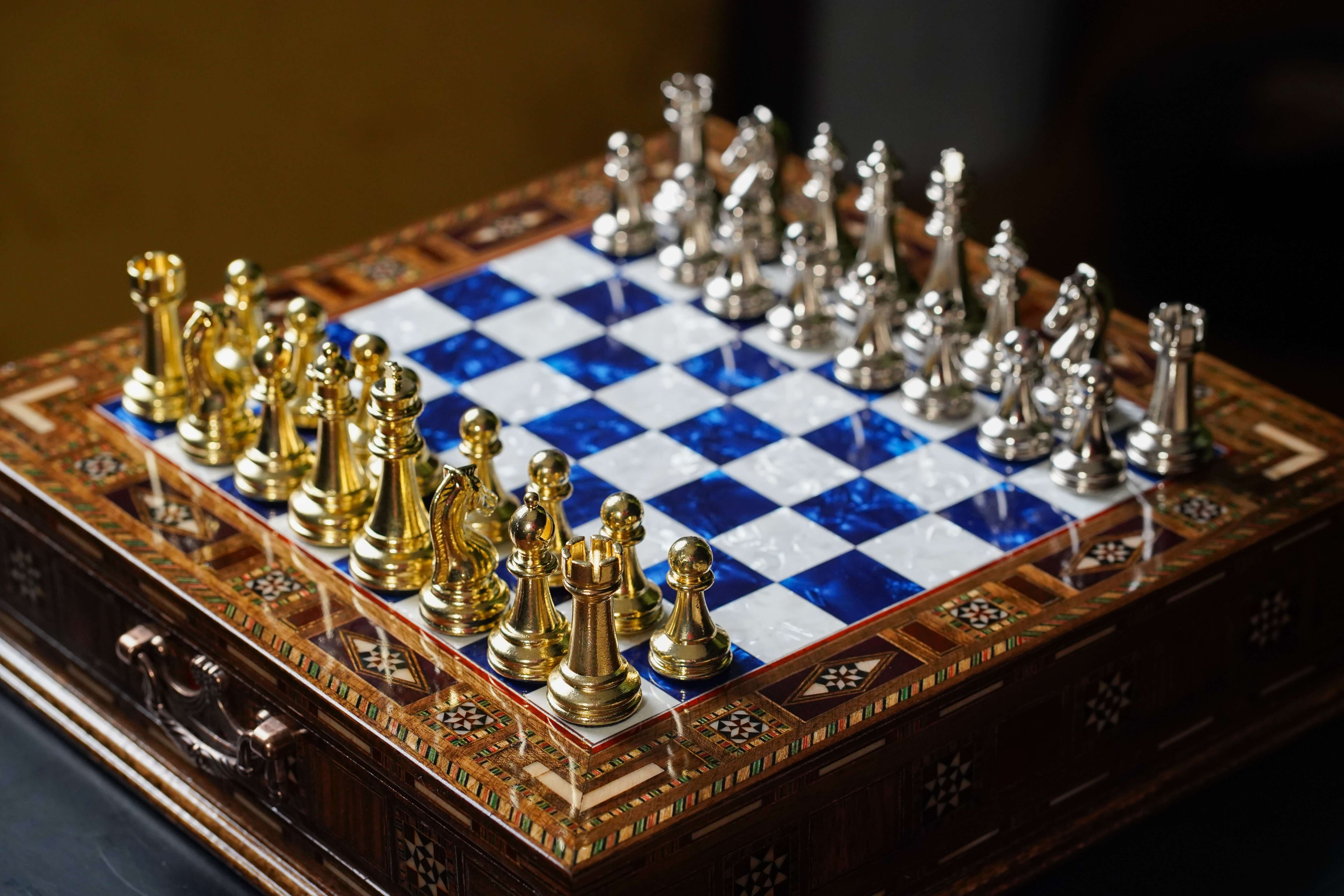
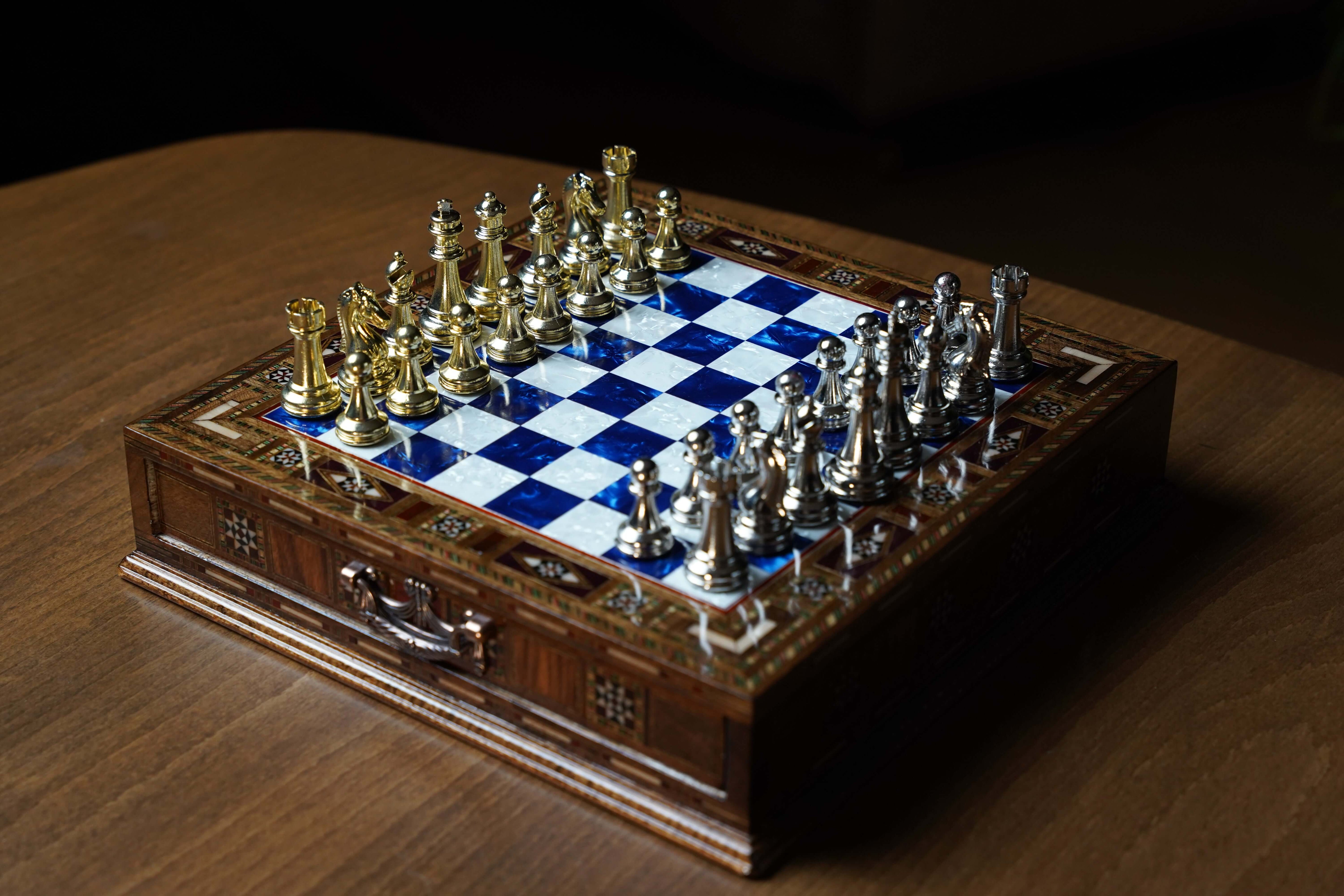
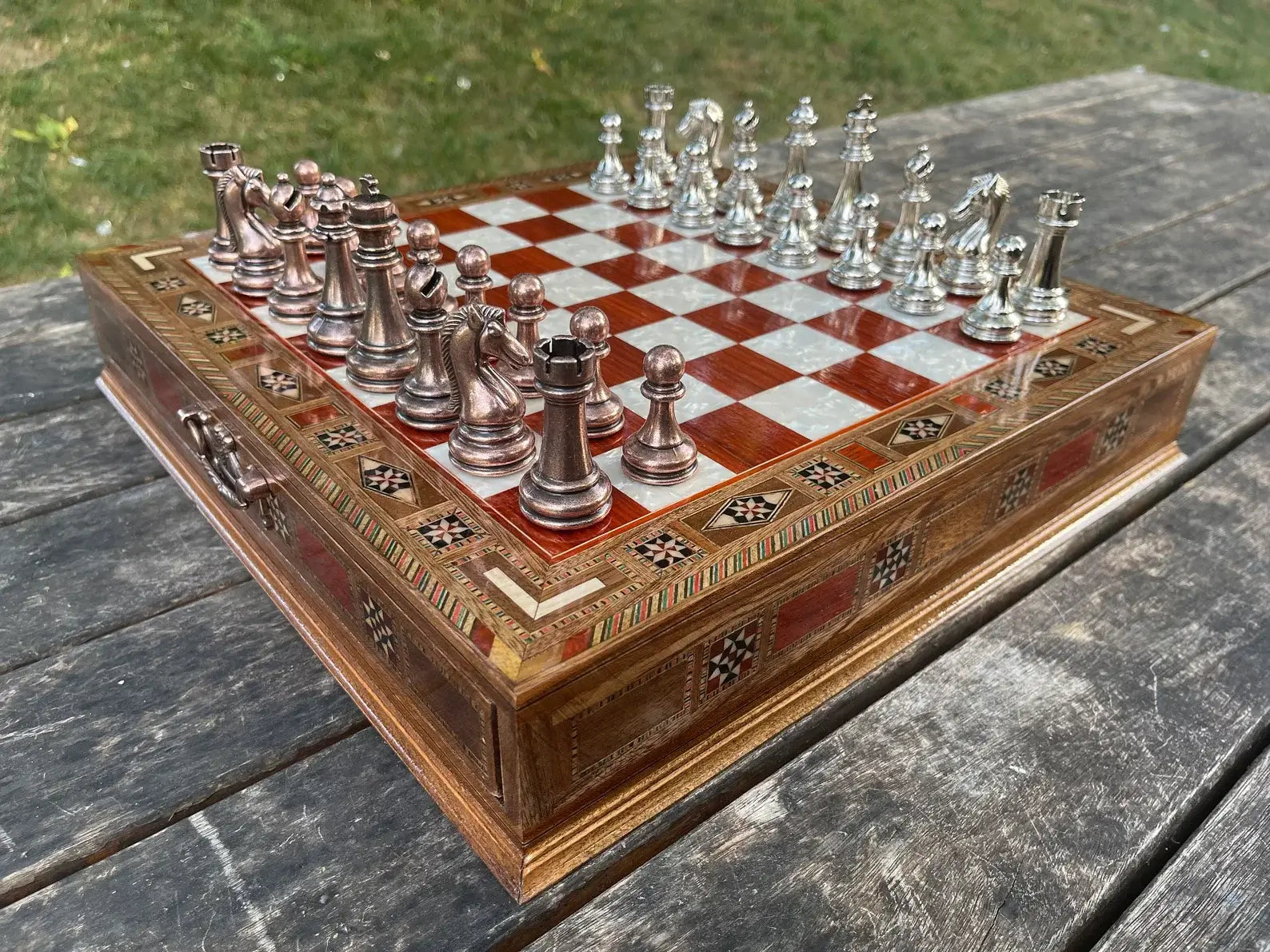
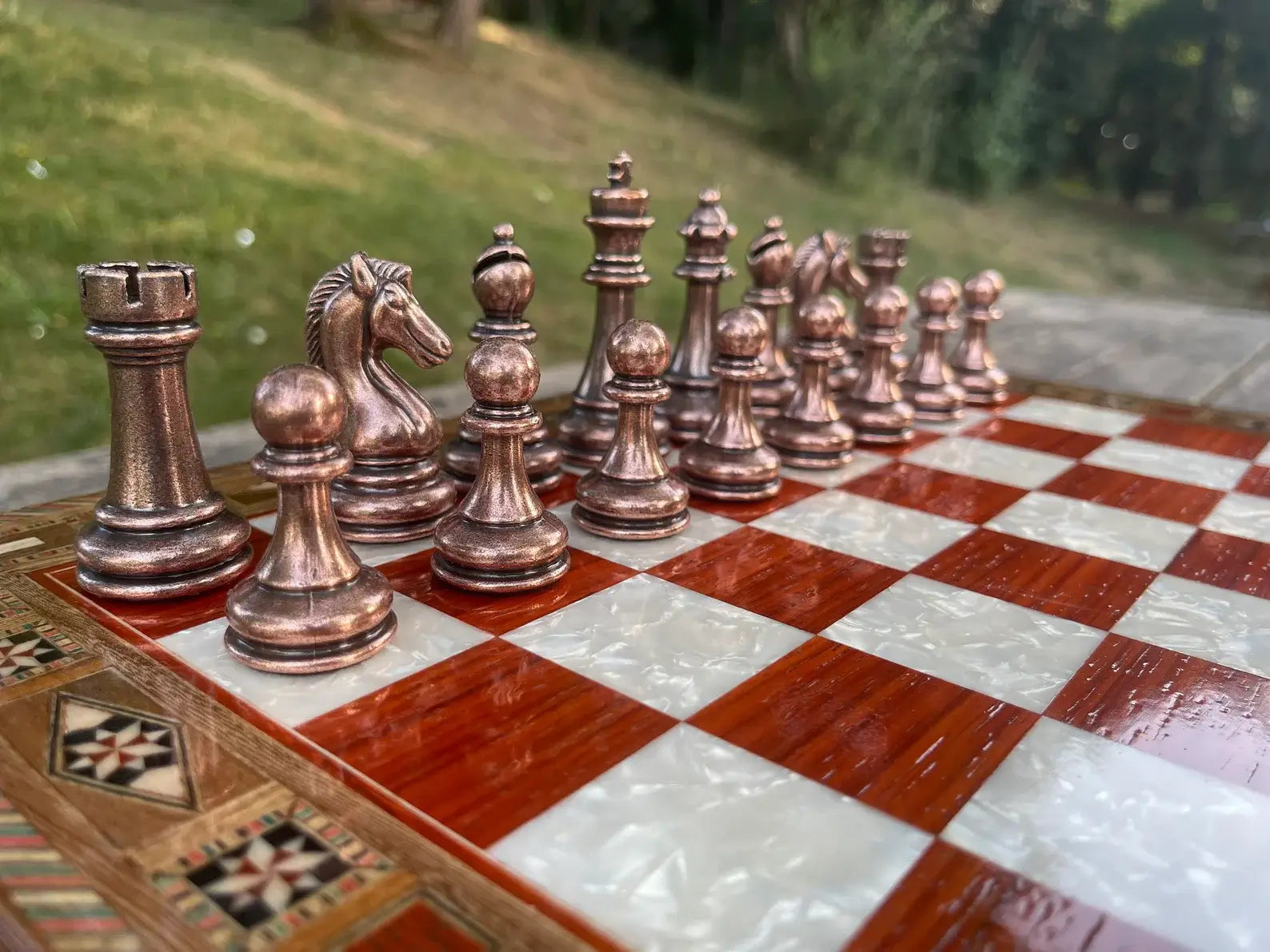
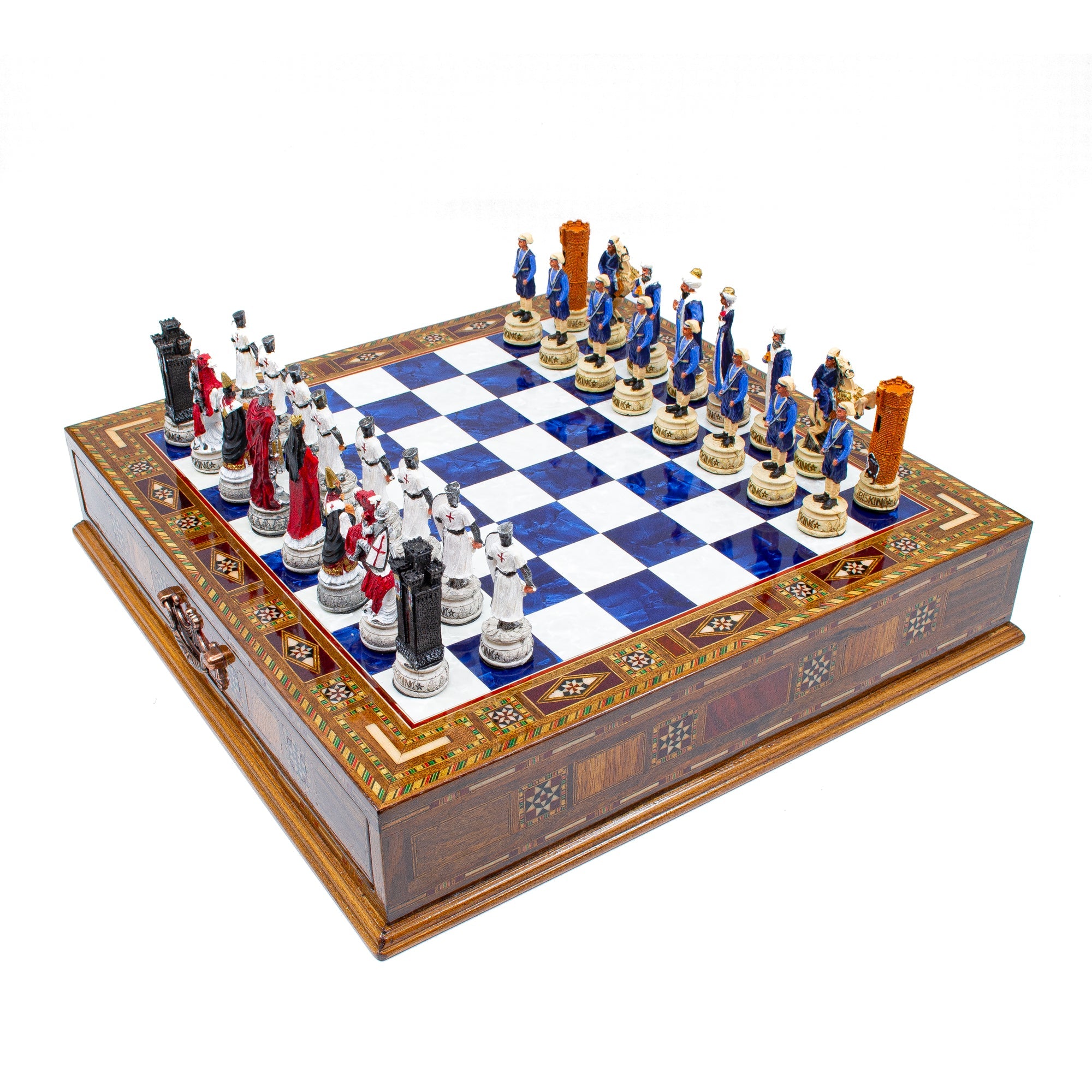
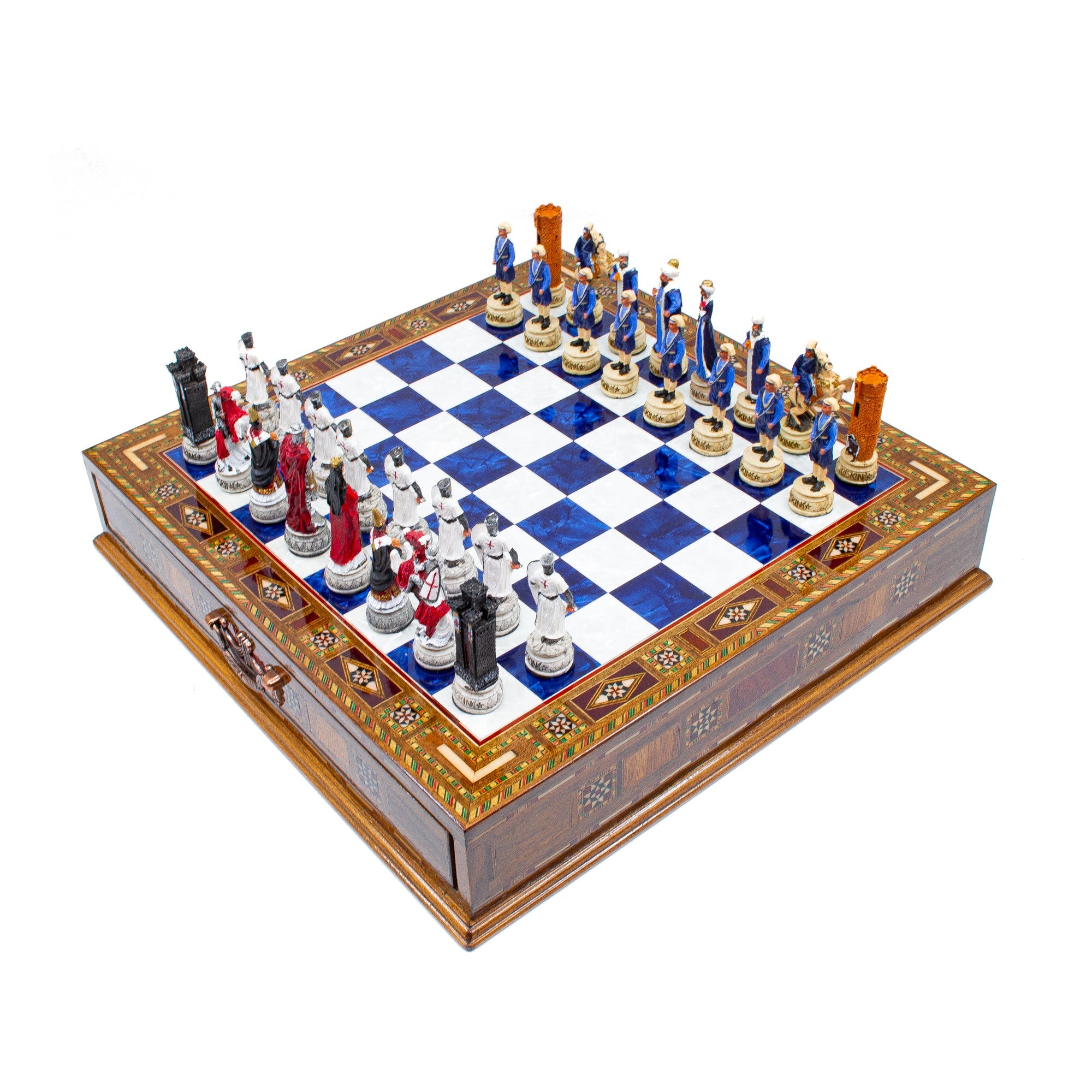
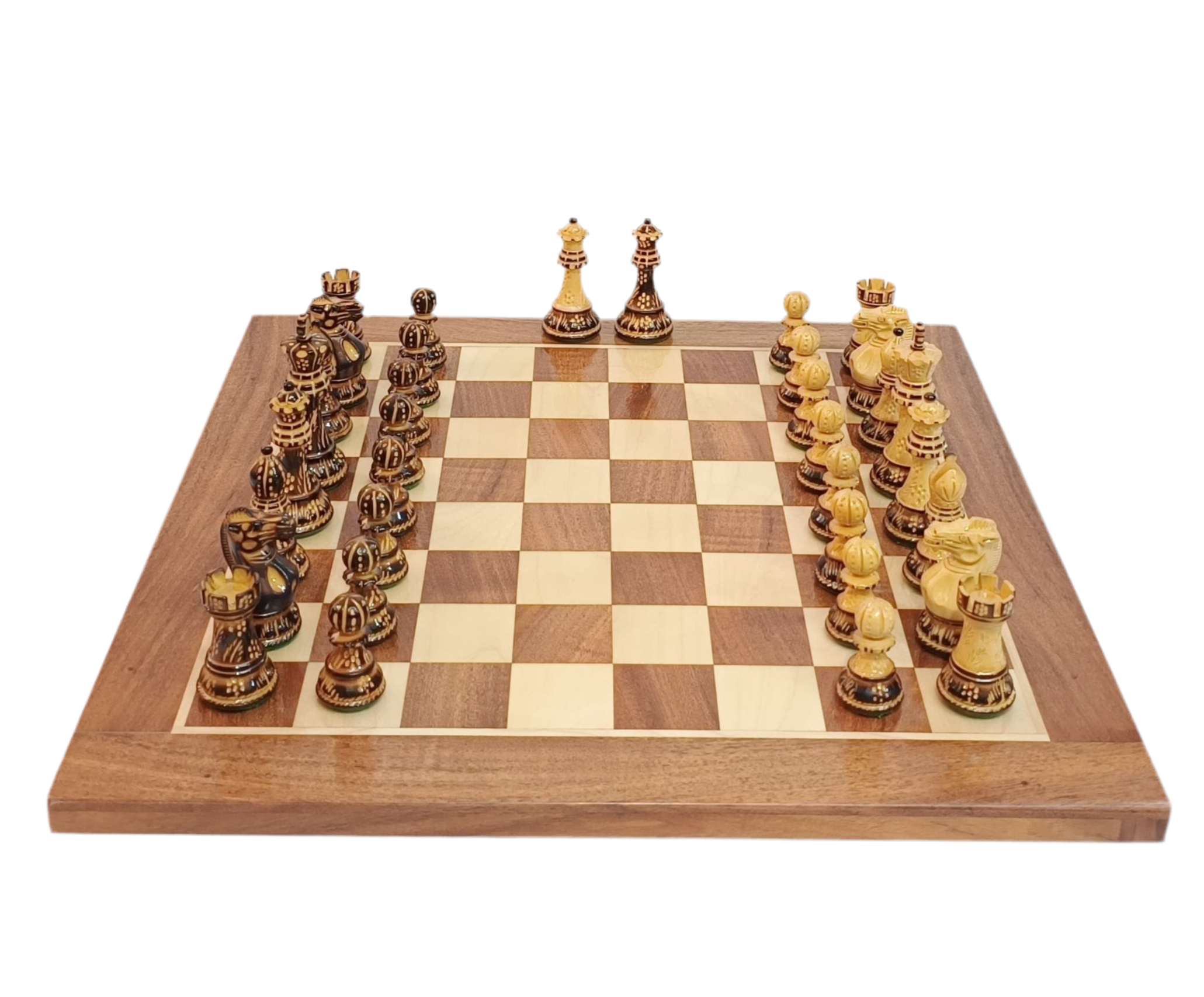
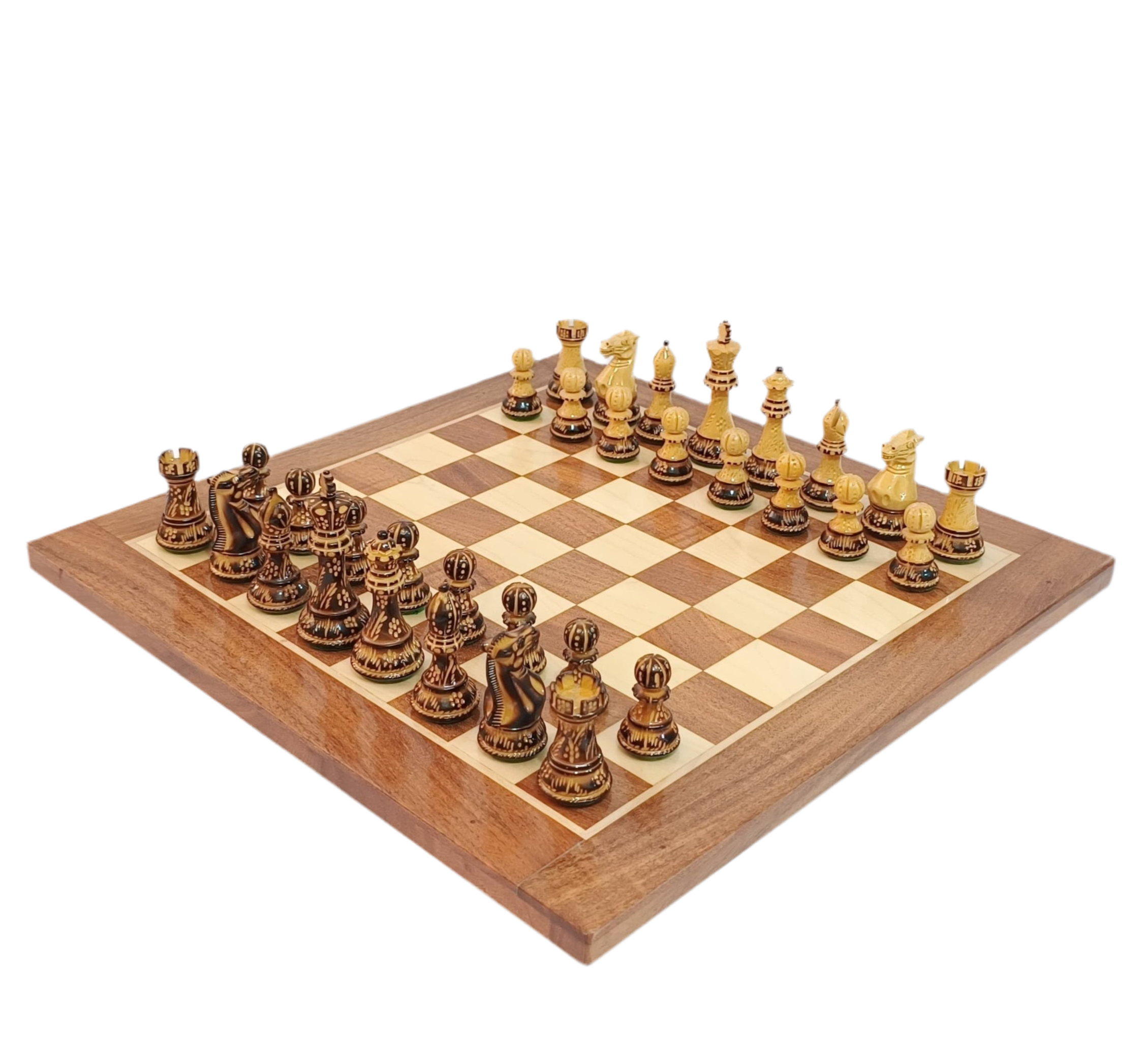
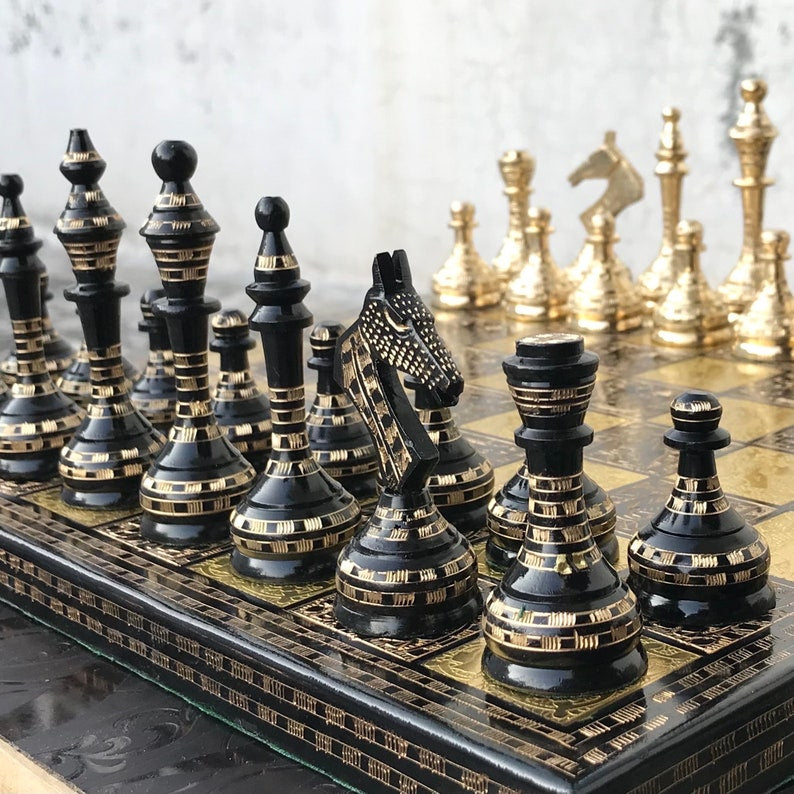
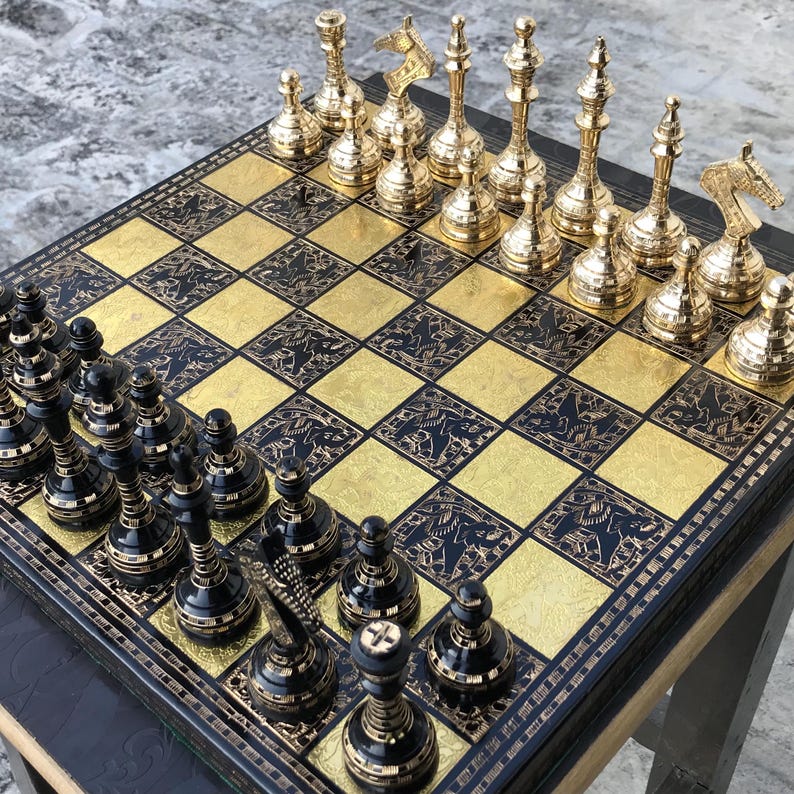
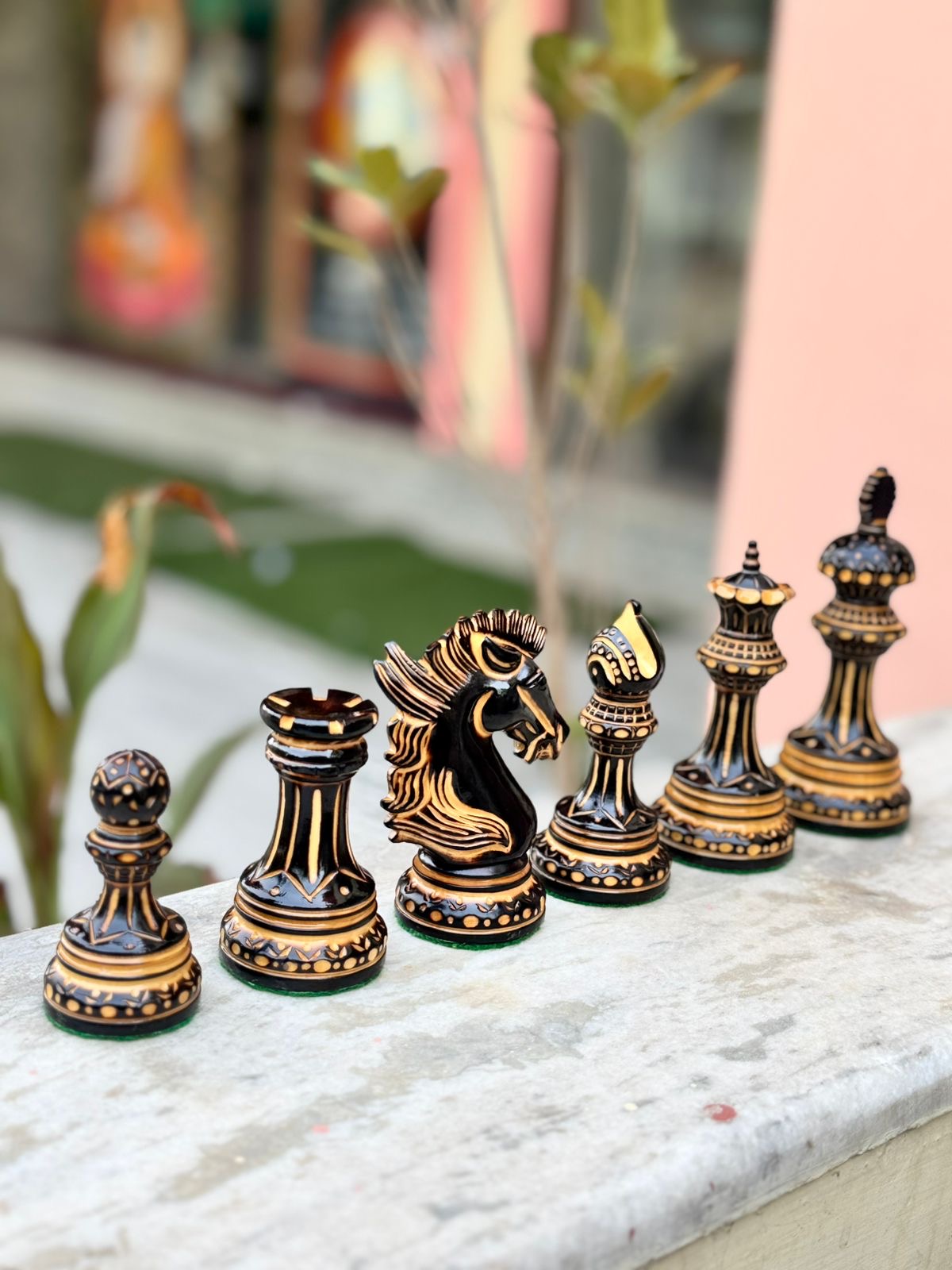

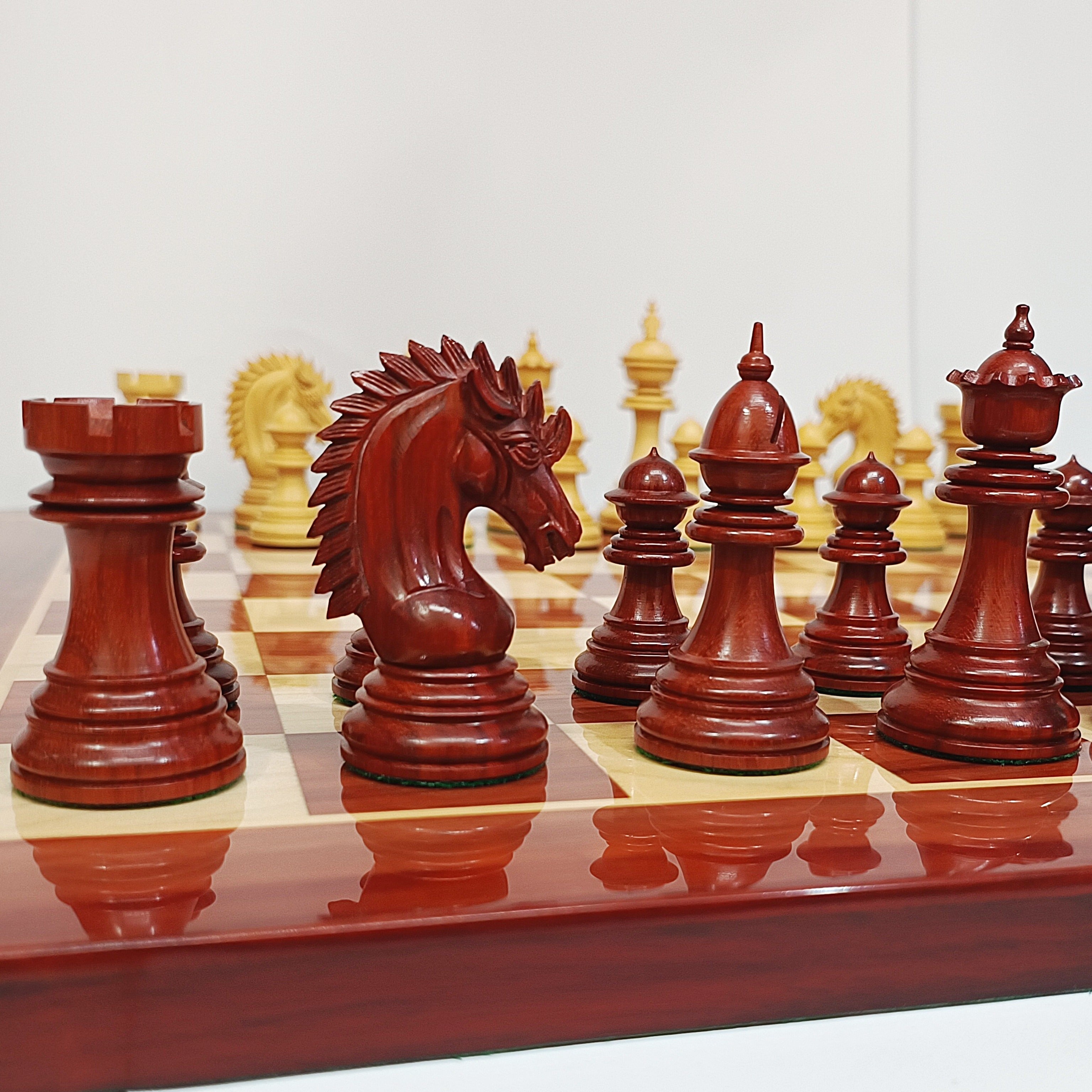
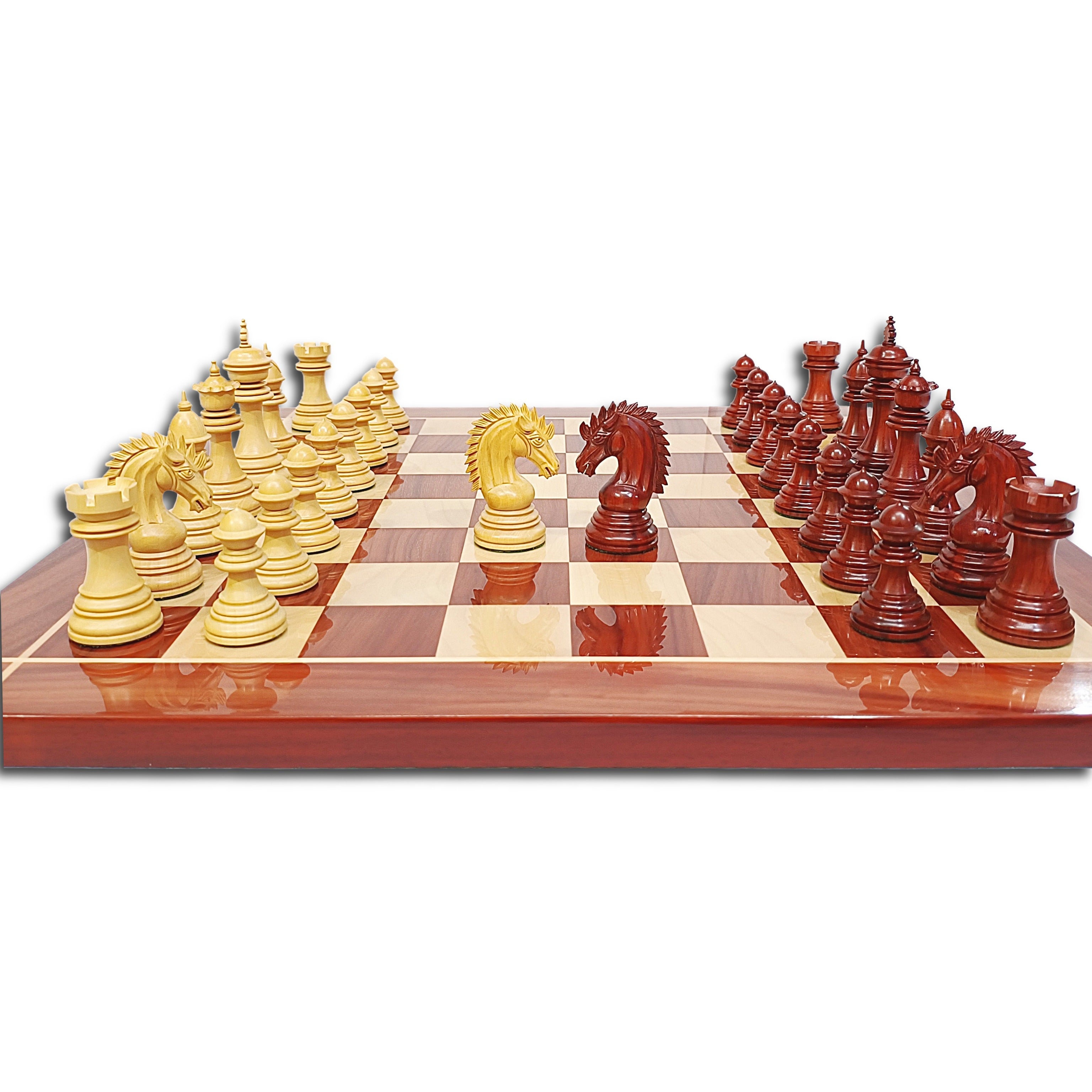

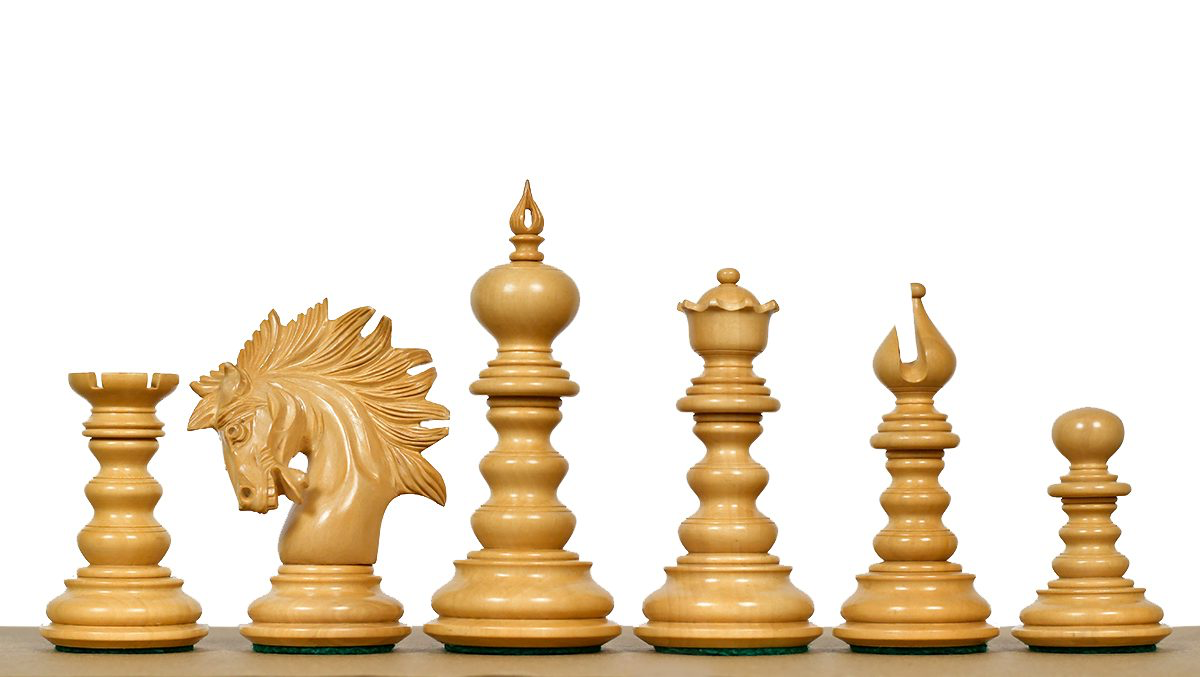
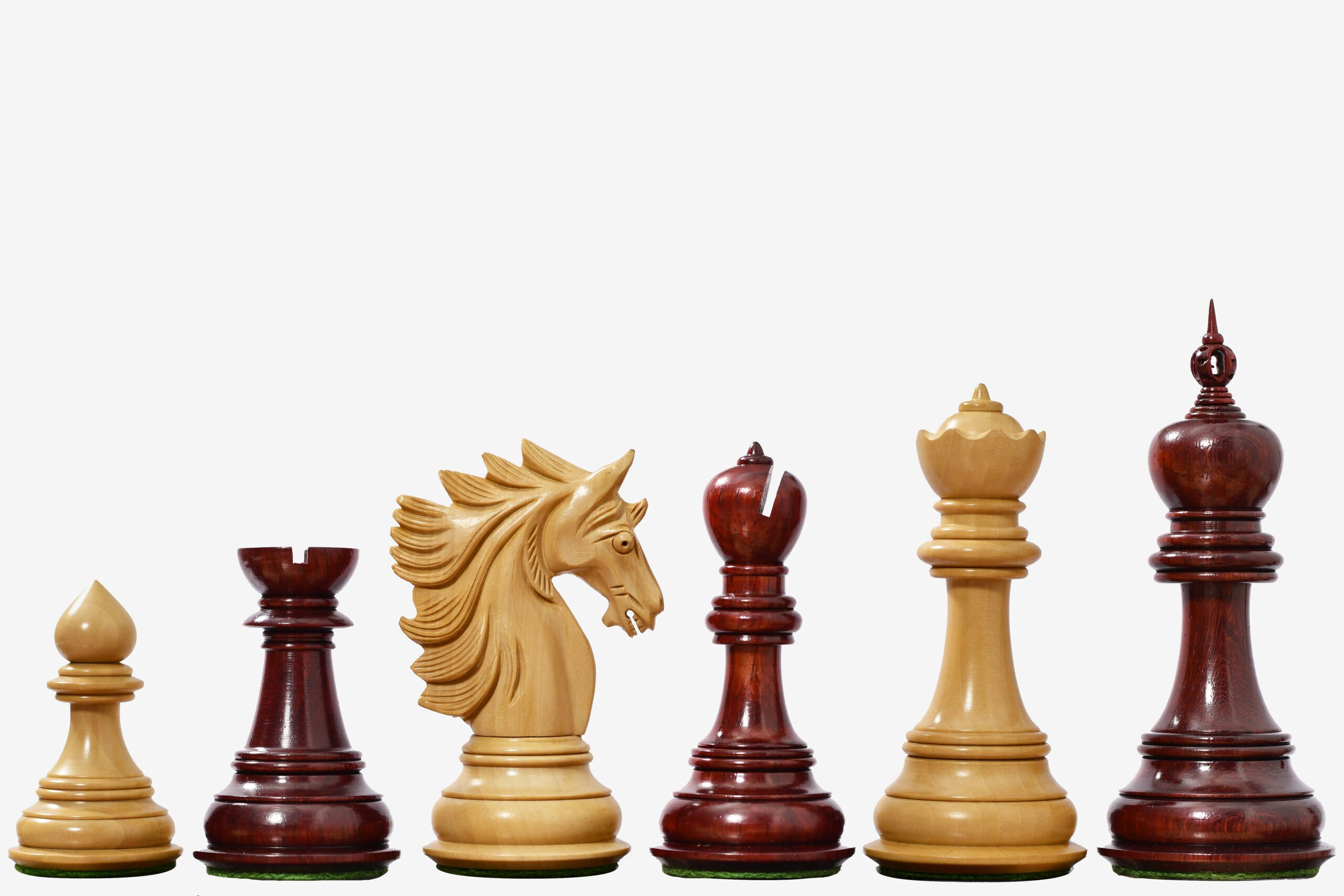
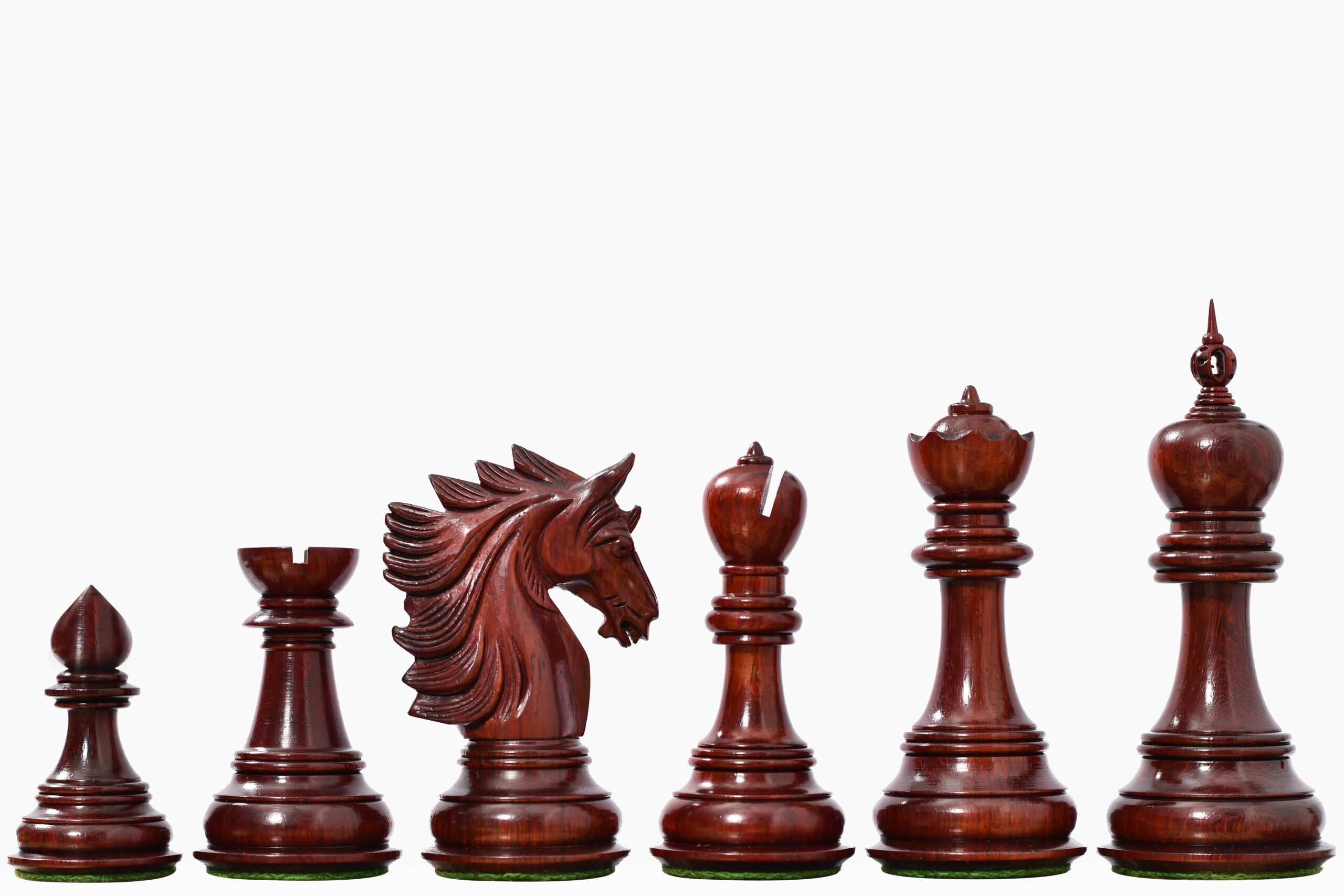
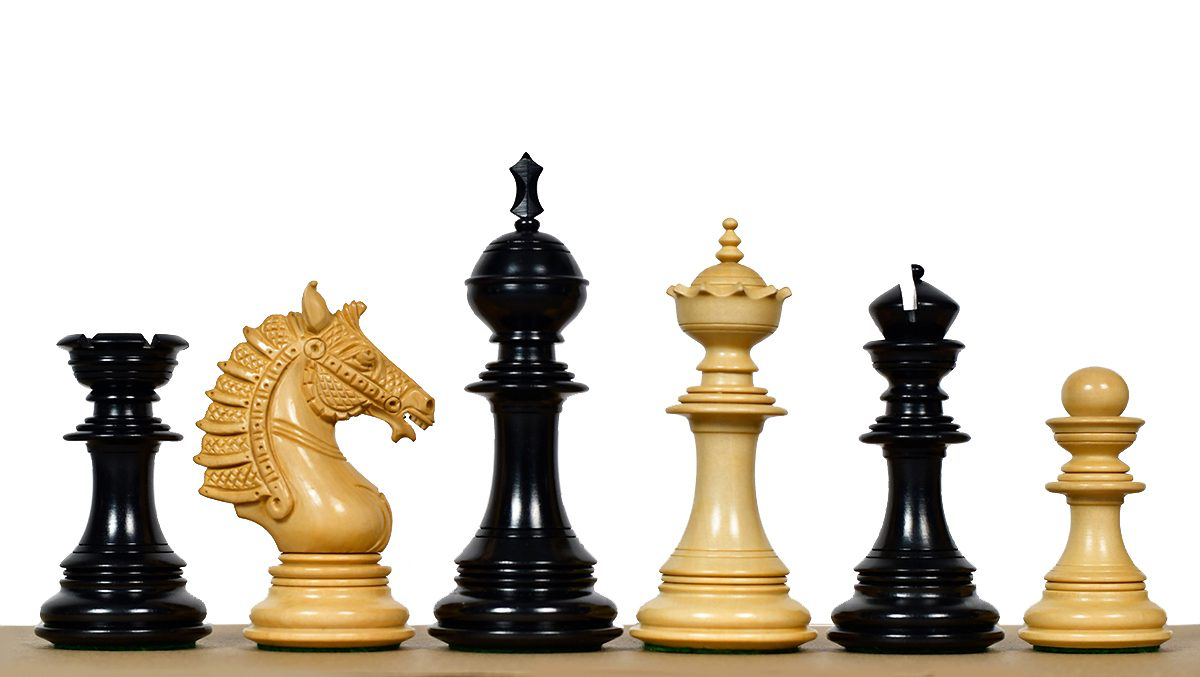
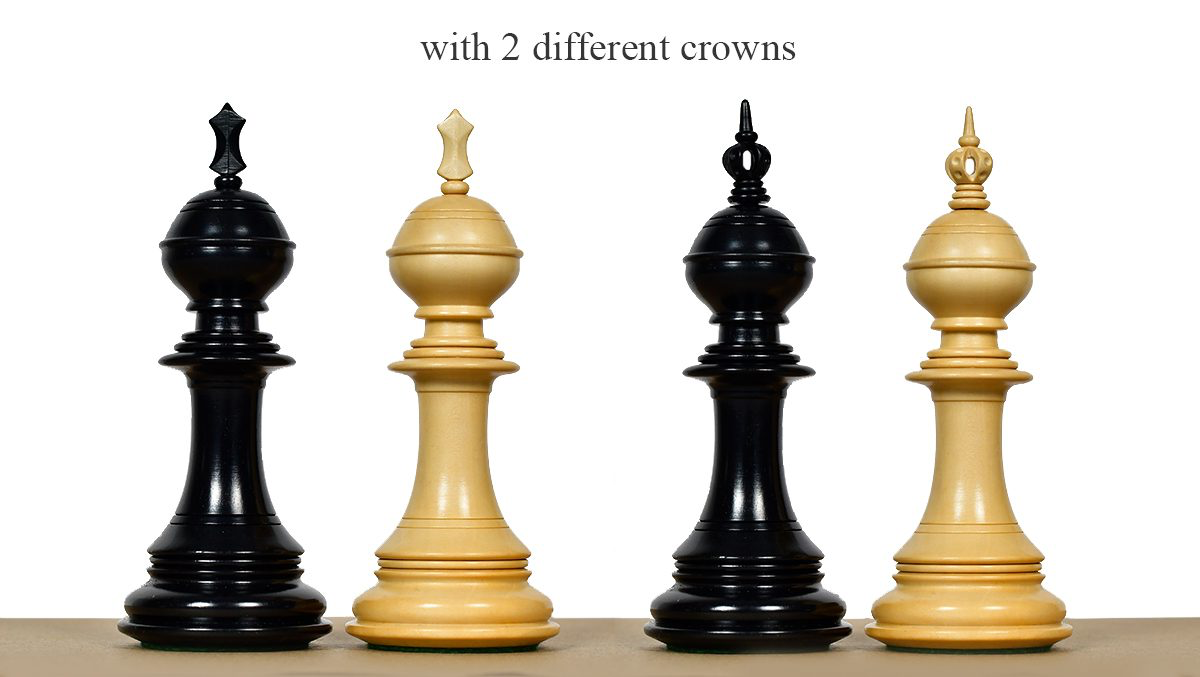
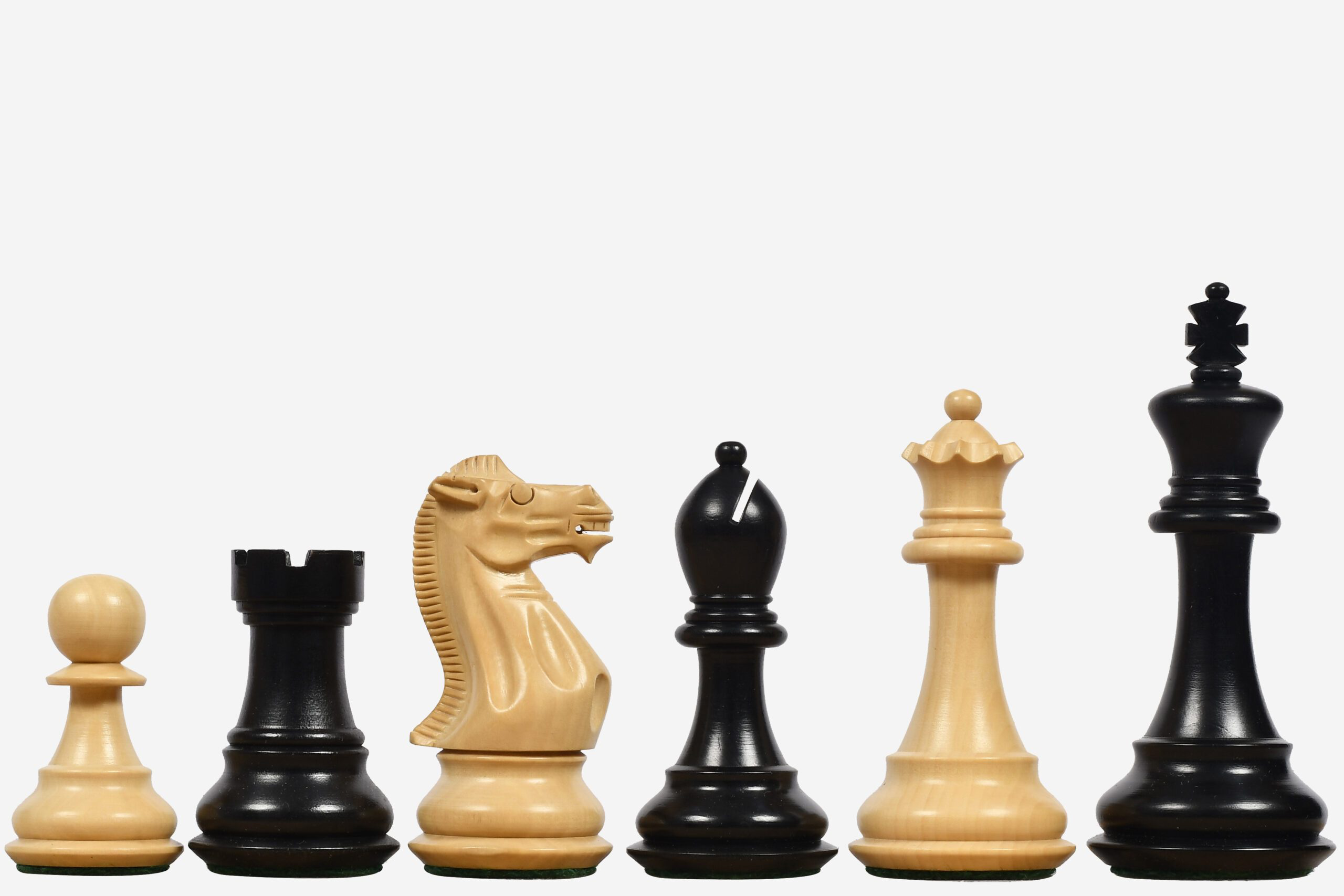
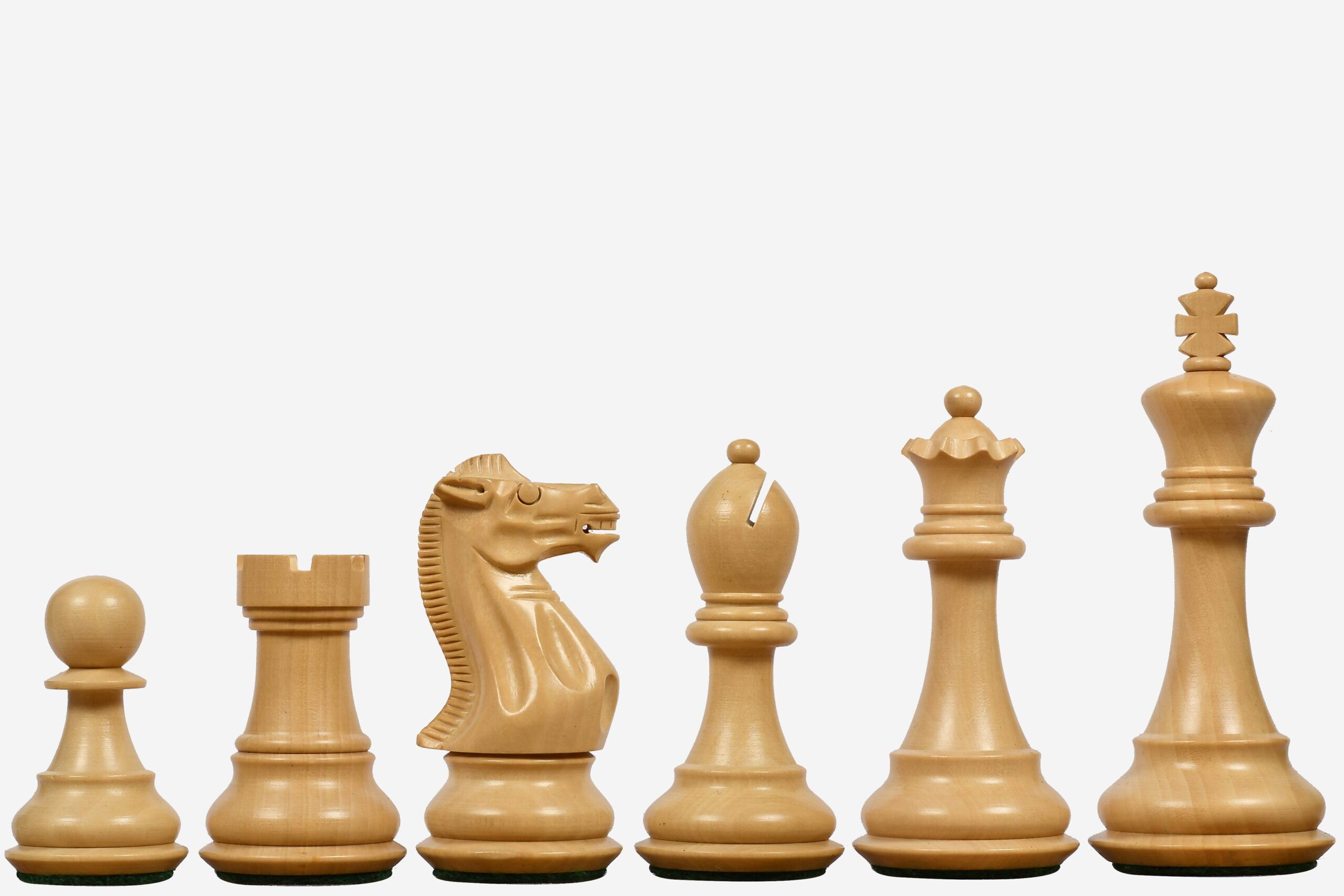
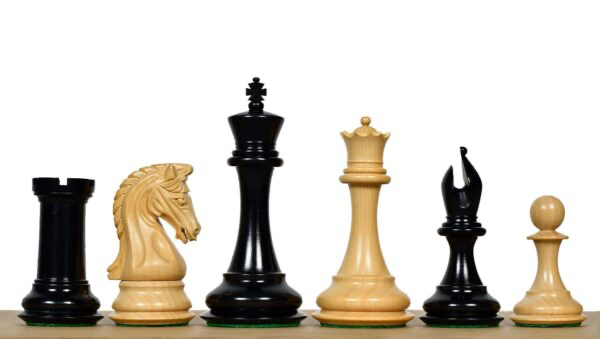
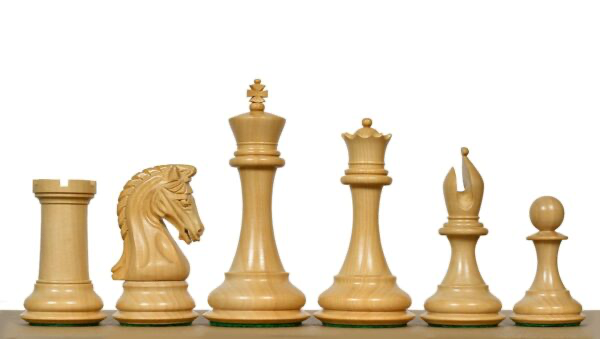
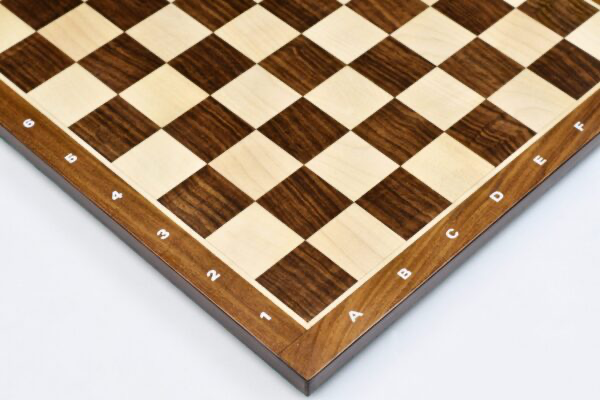
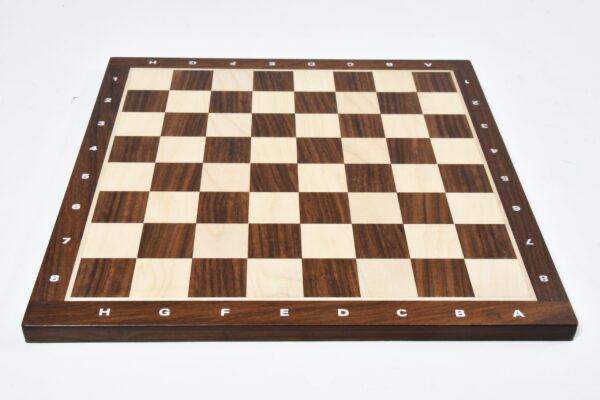
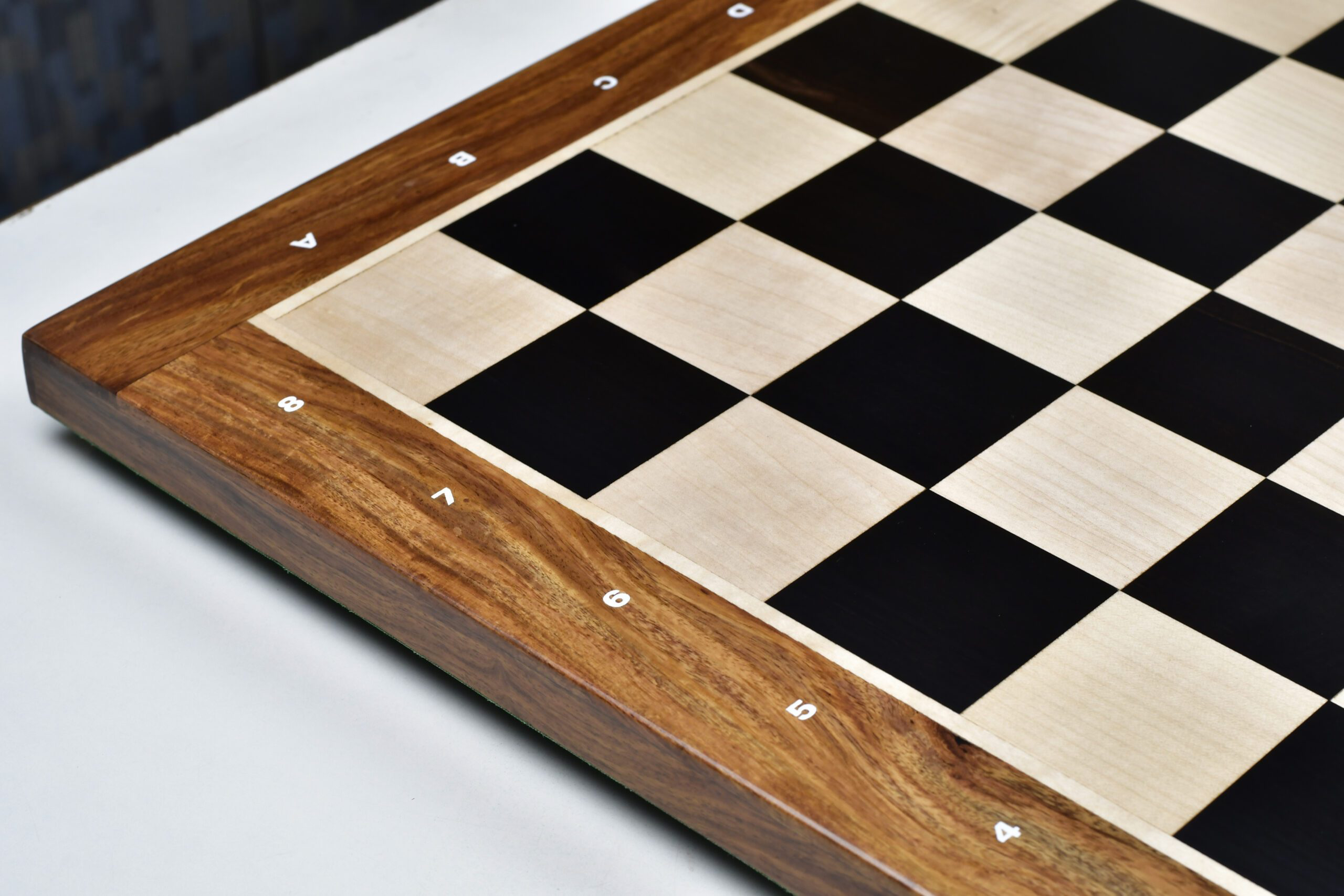
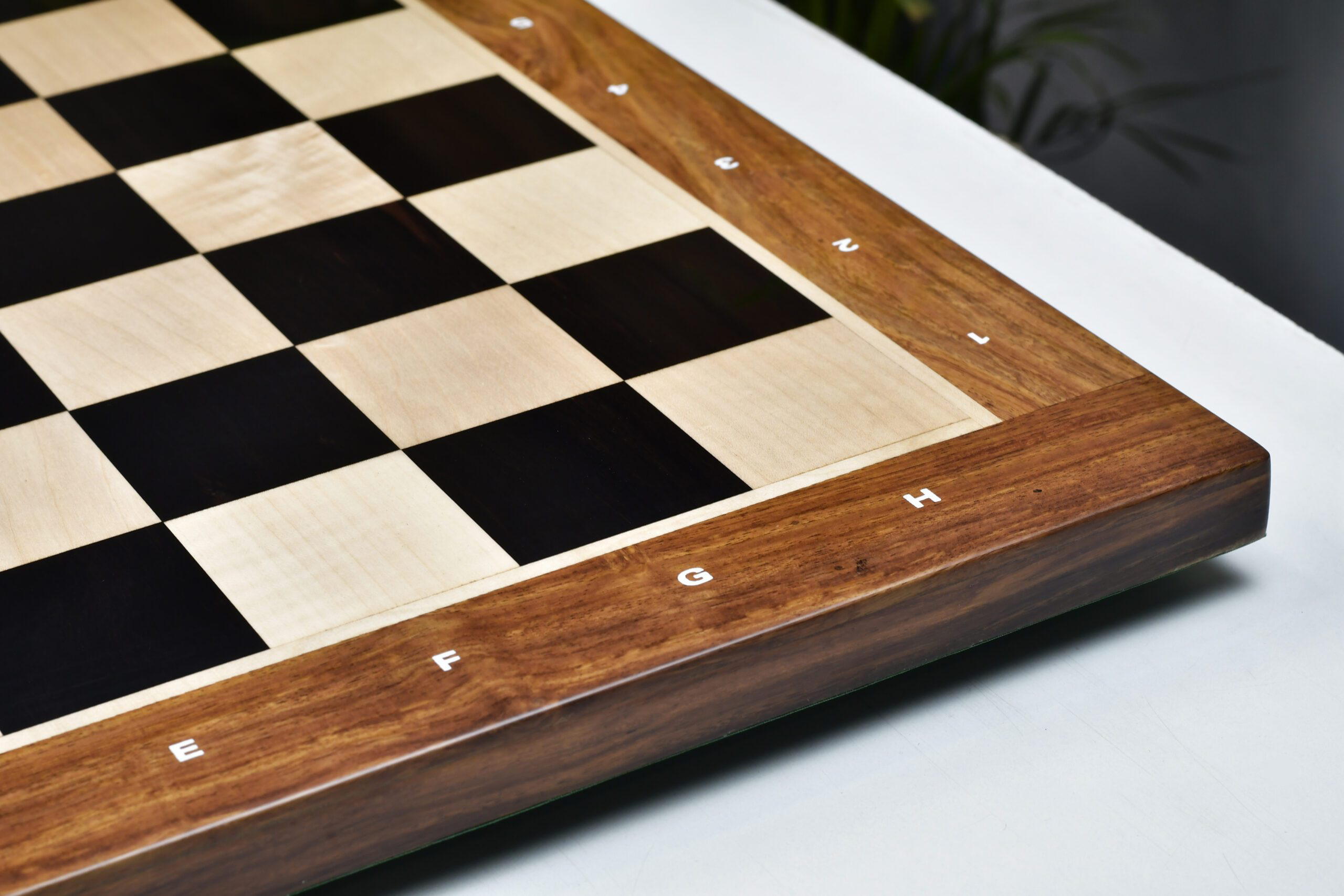


Leave a comment
All comments are moderated before being published.
This site is protected by hCaptcha and the hCaptcha Privacy Policy and Terms of Service apply.